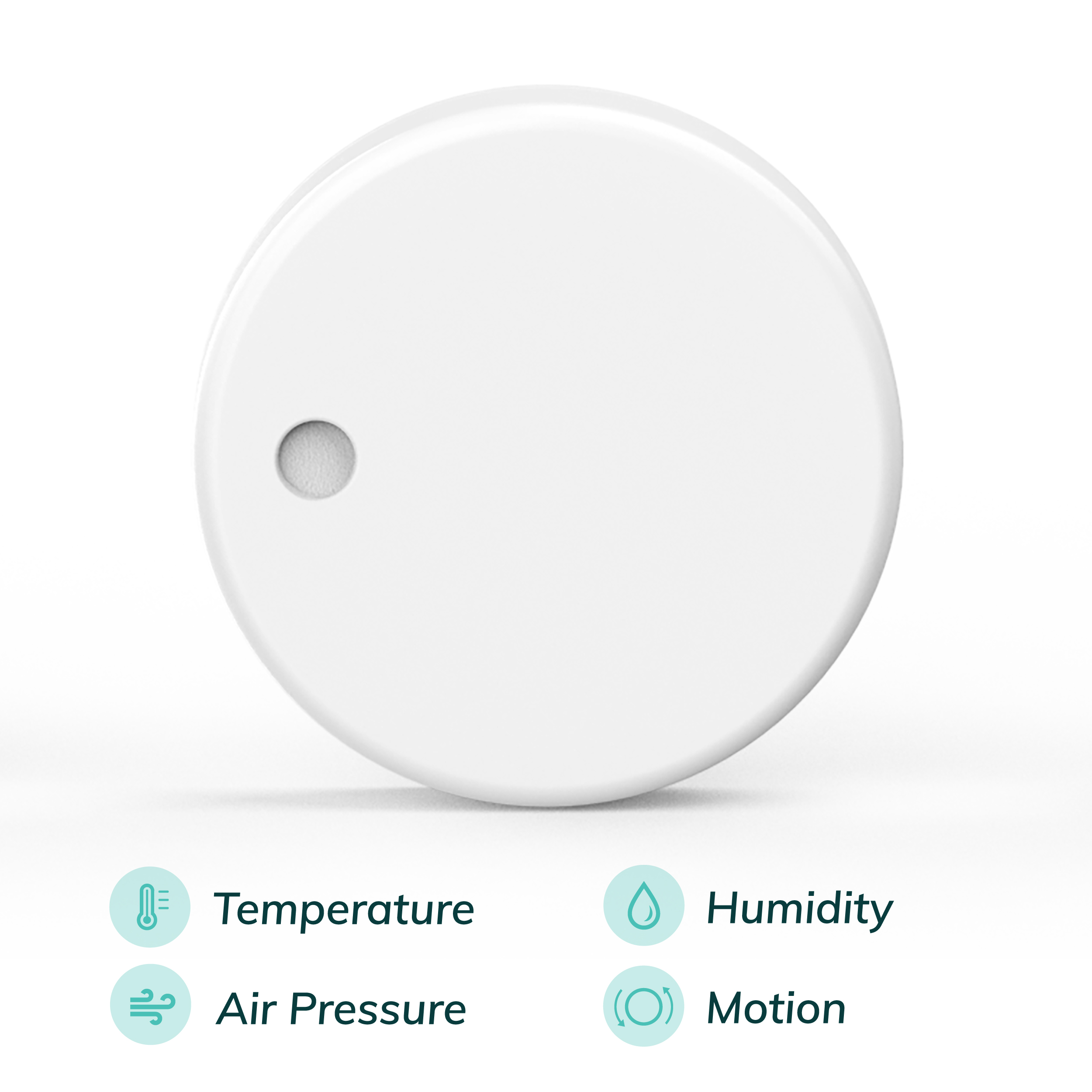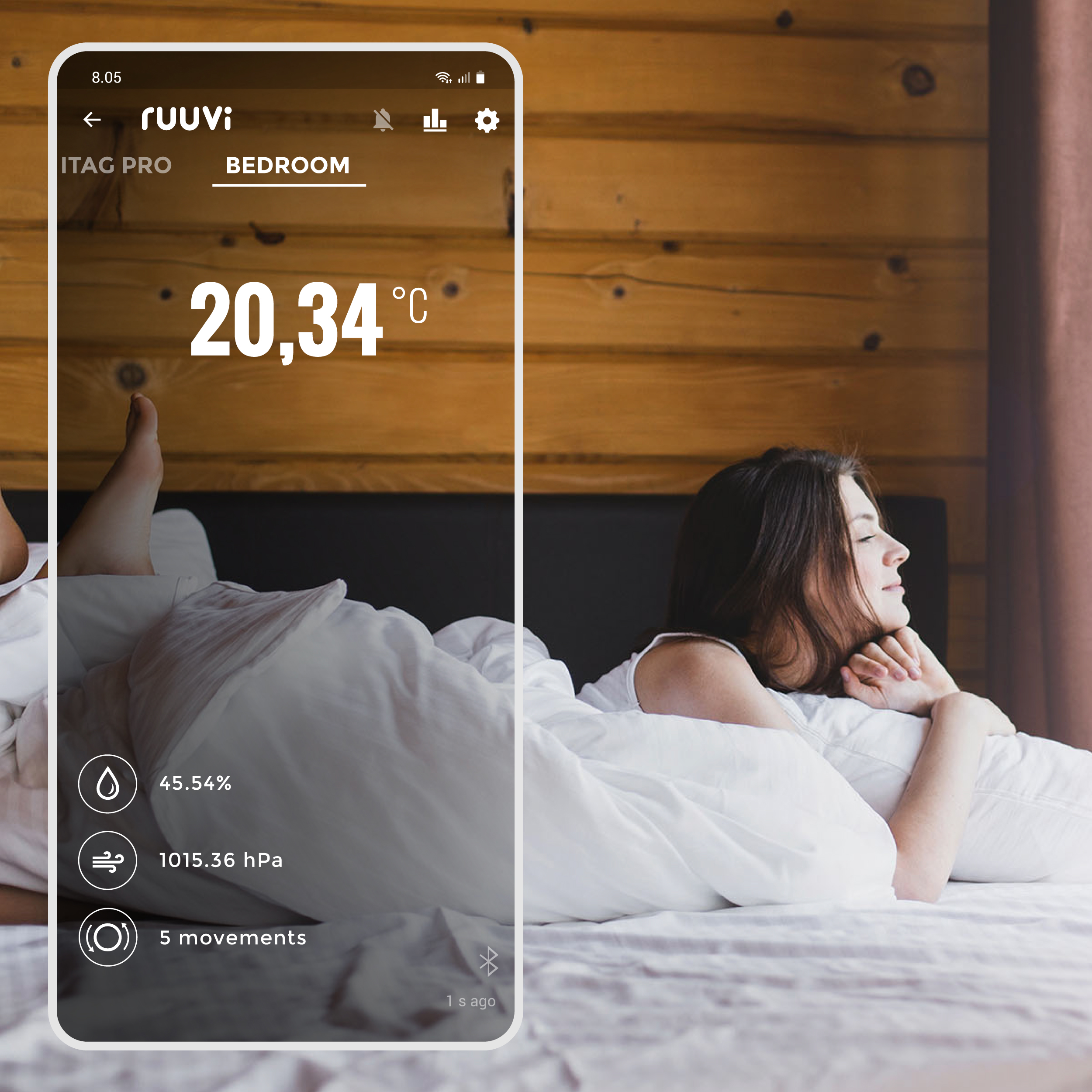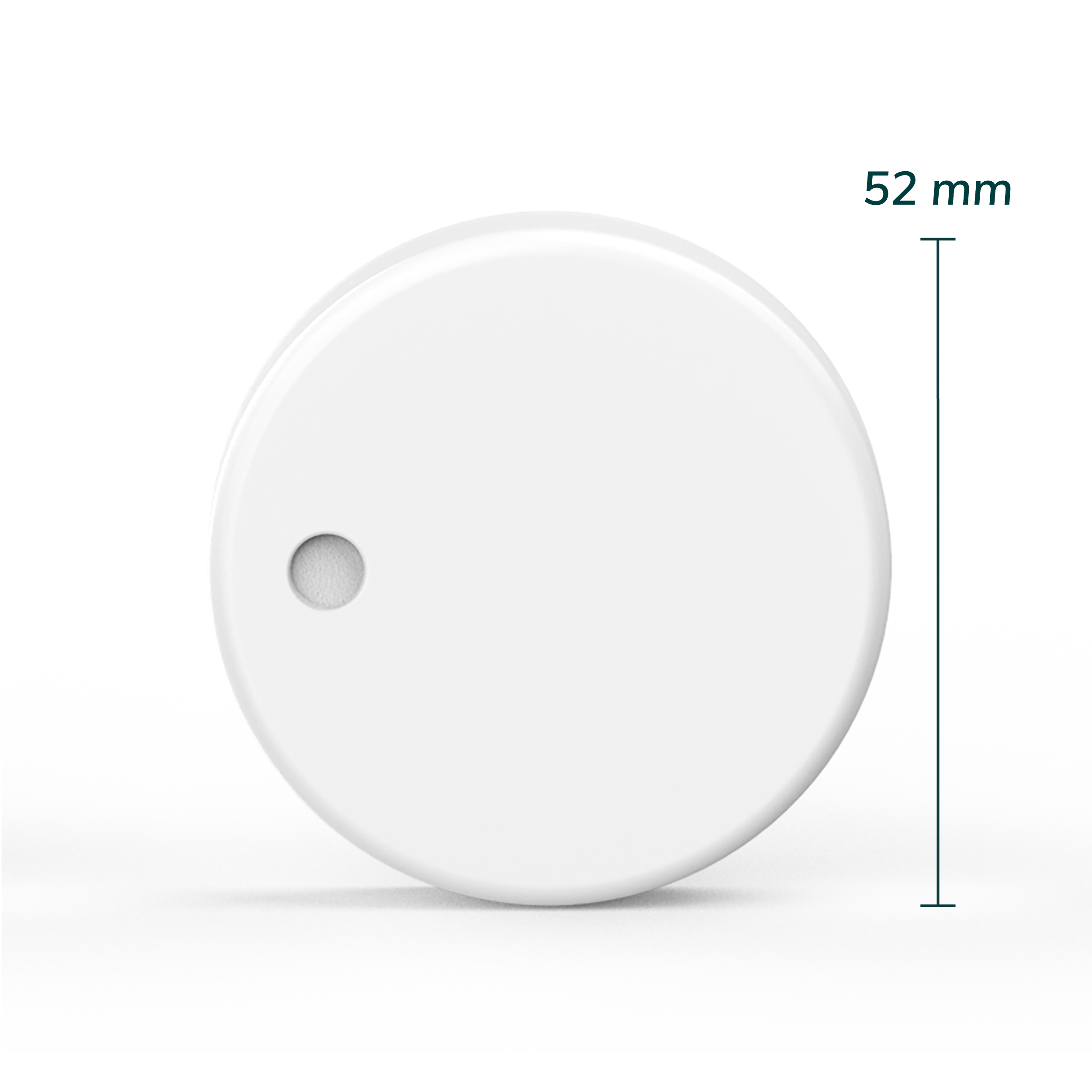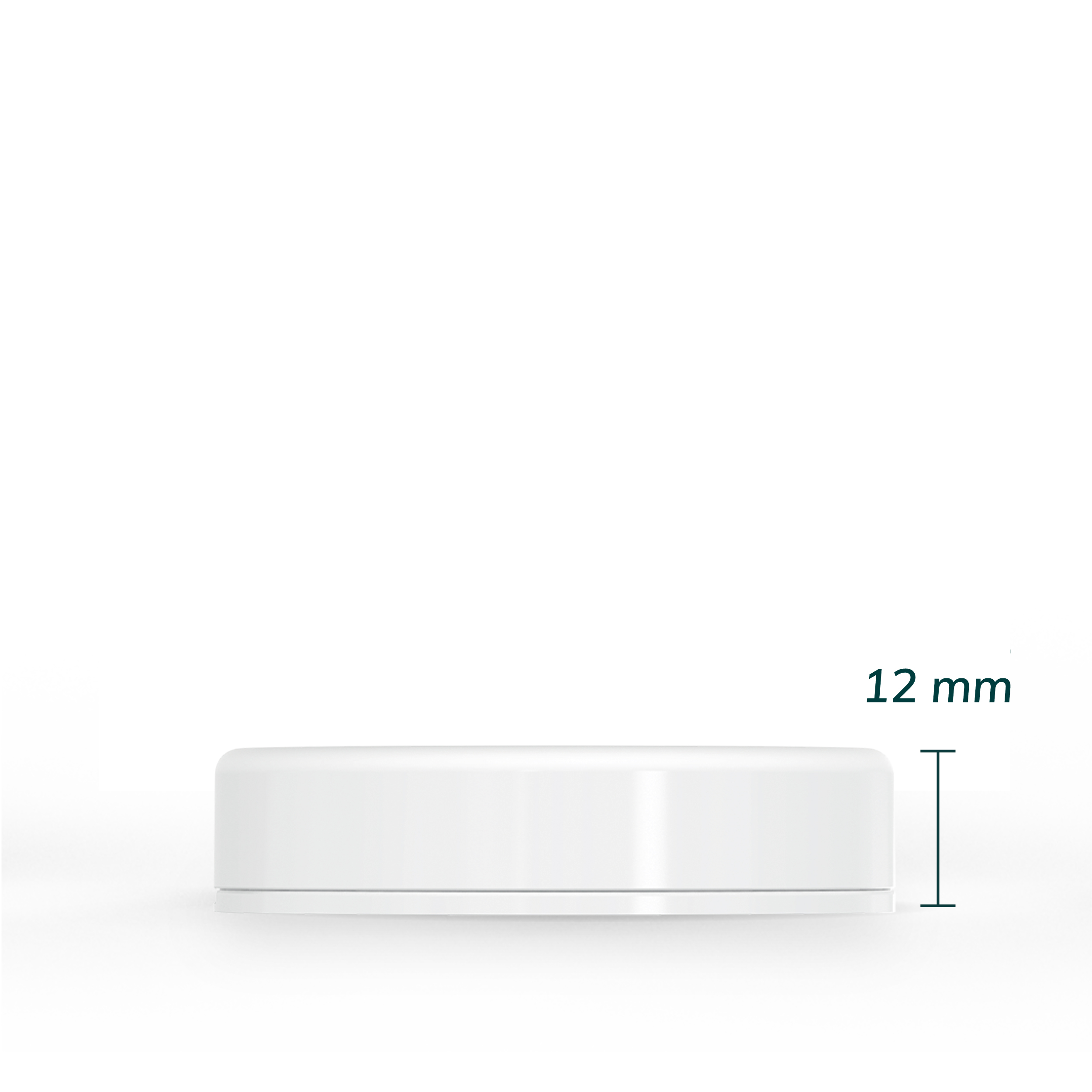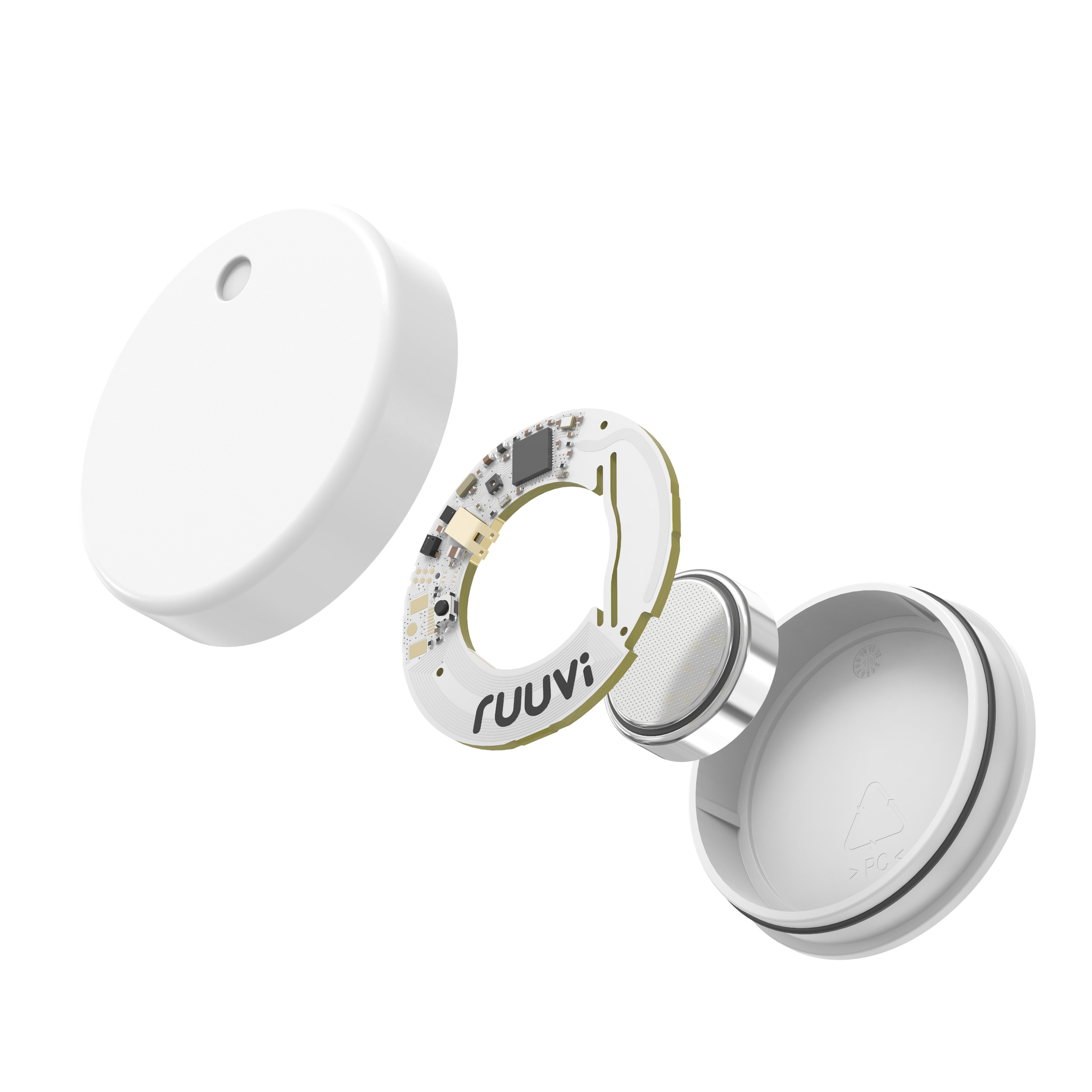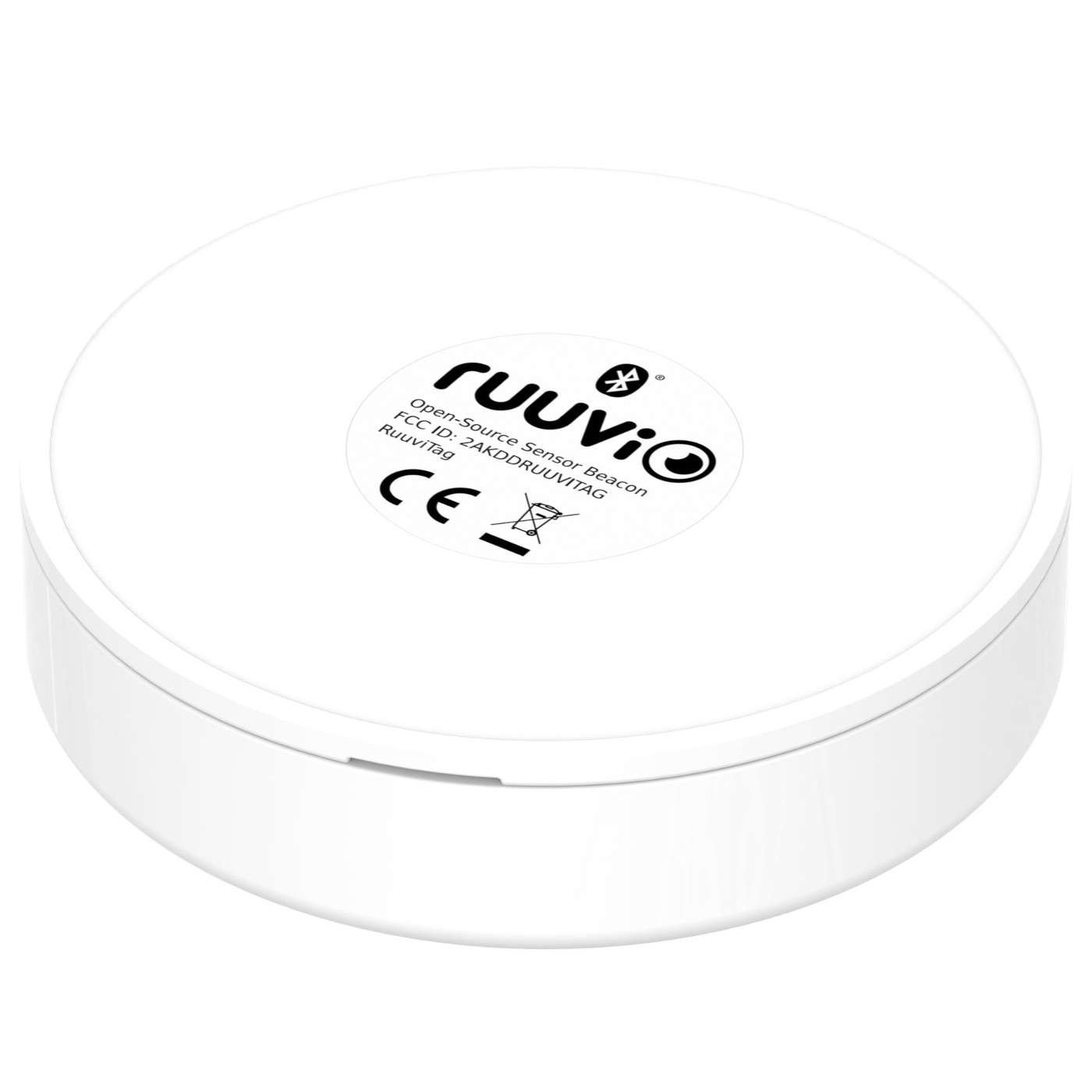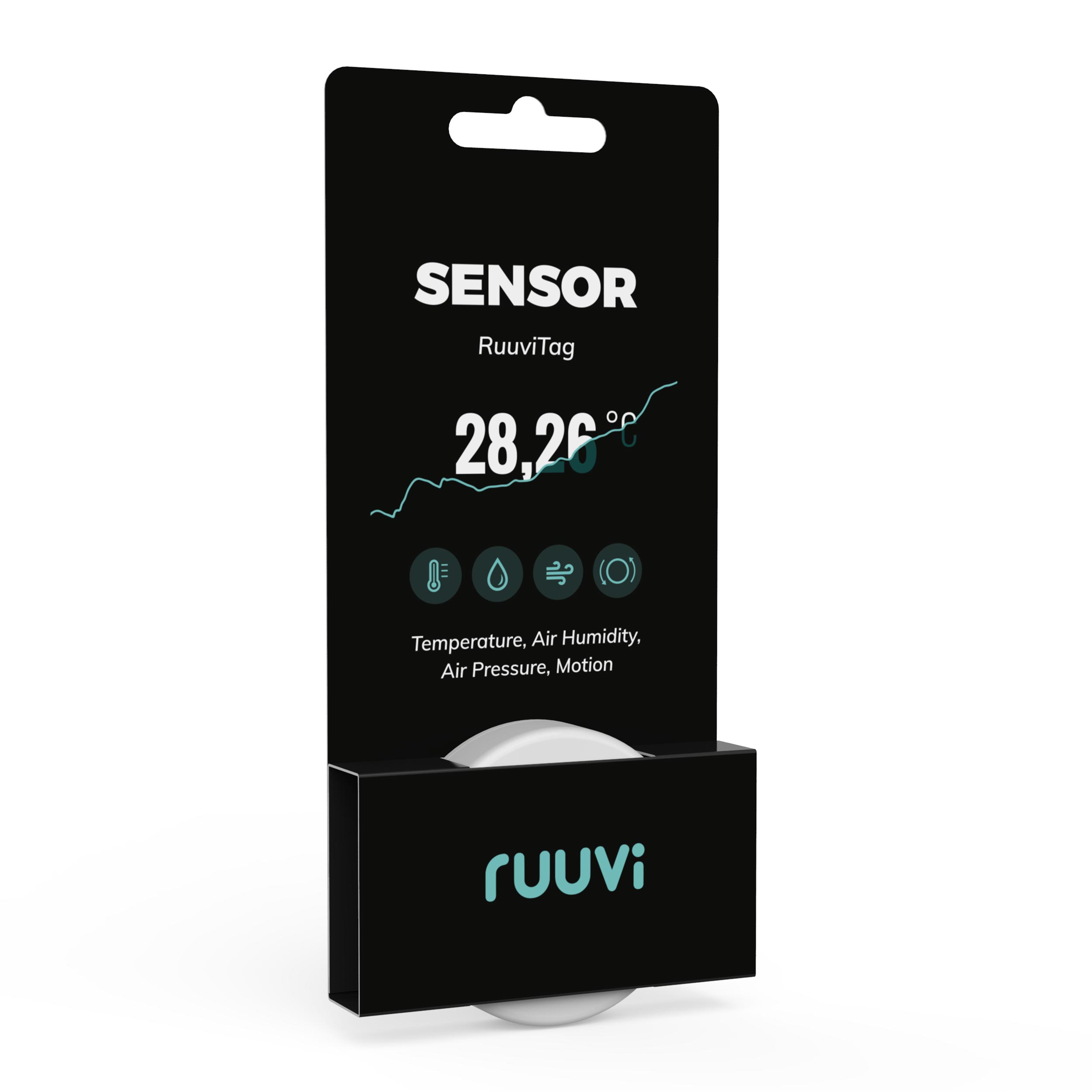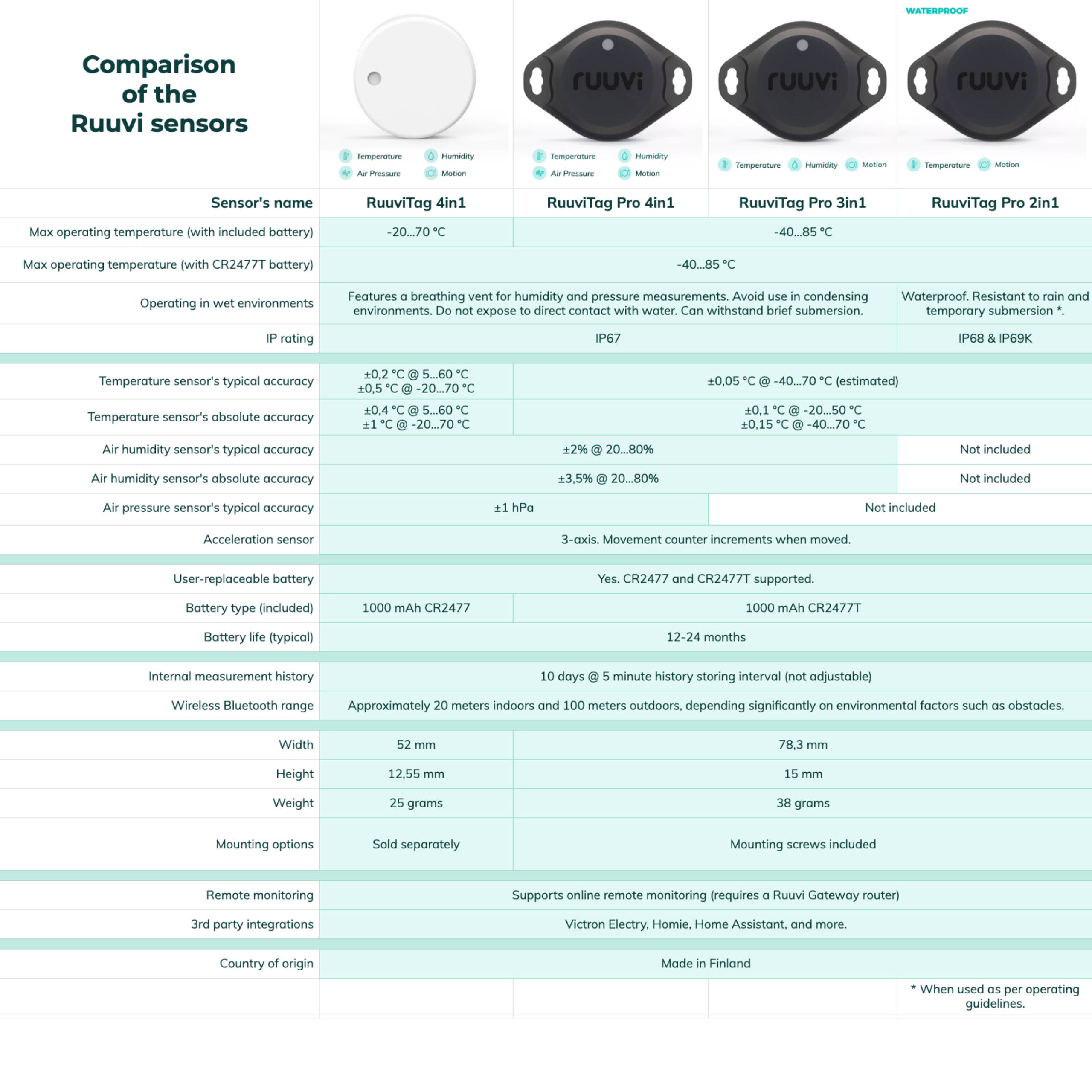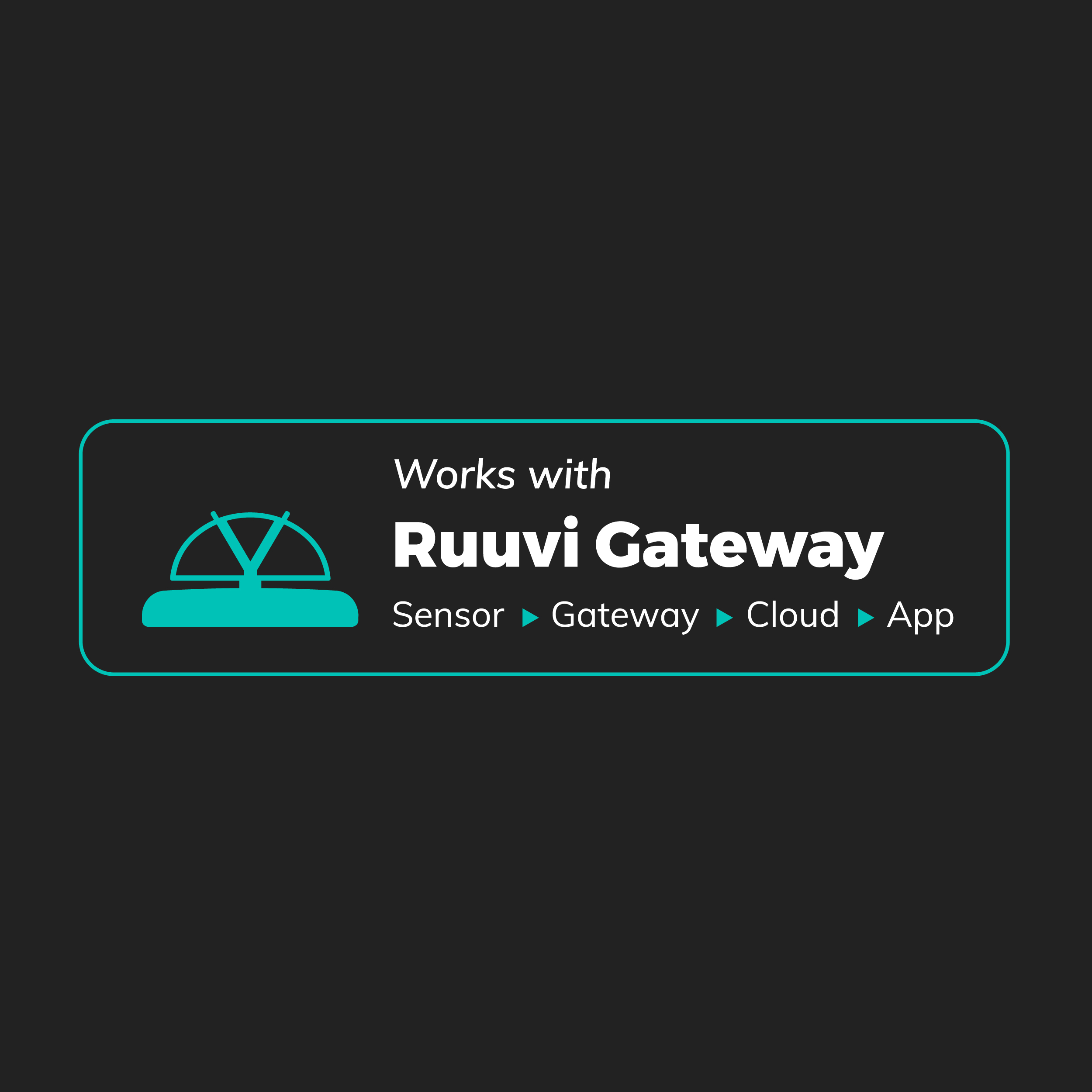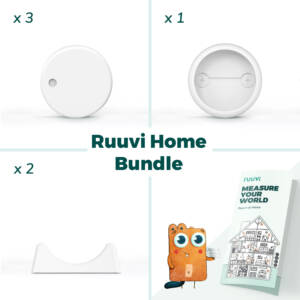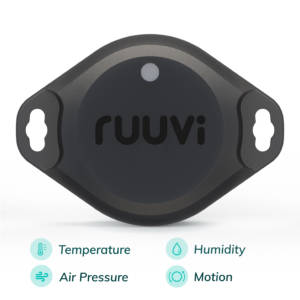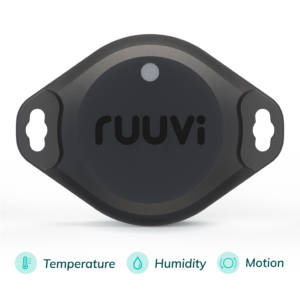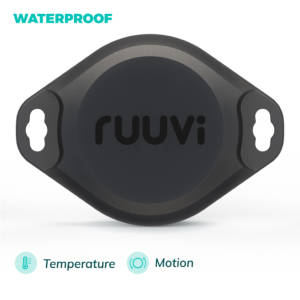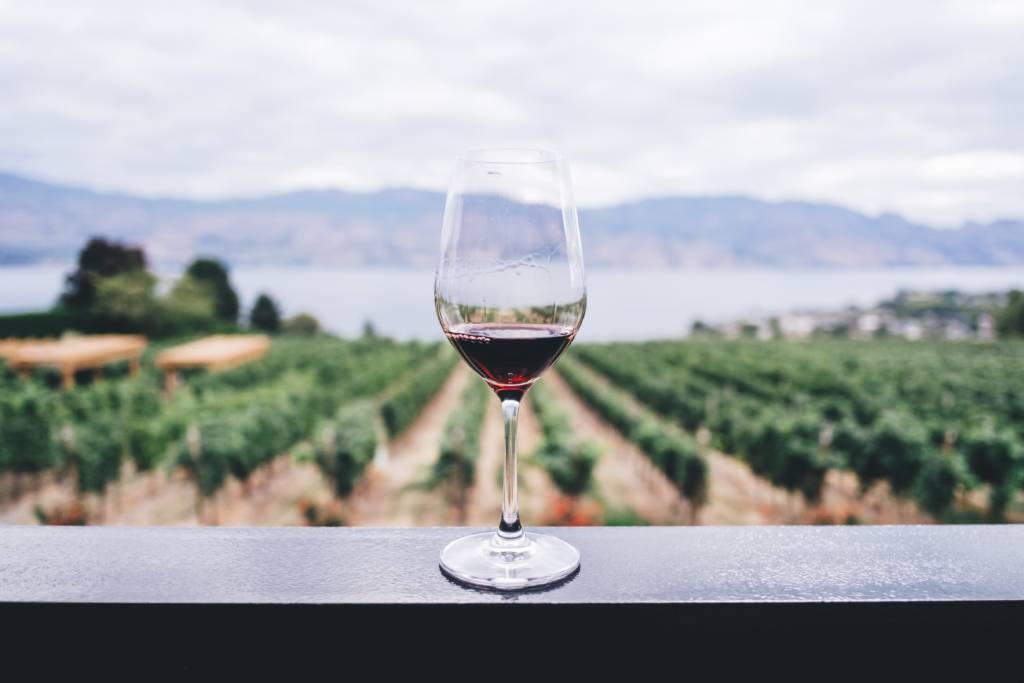
Are you a wine producer, who wants to ensure the lasting quality of your wine? If you answered yes, then this article is written especially for you. In this article I will discuss the benefits of a smart sensor being integrated in your already fine process of wine ageing!
But let’s head straight into the article.
Introduction to the global wine market
To really understand the vastness of the wine market, let’s take a look at some numbers regarding the entire industry.
No need to drink a lot of wine, Reading these numbers might be enough to give you a headache…
How big is the world wine market?
« 155 600 000 000 glasses, 38 900 000 000 bottles, 29 200 000 000 litres of wine have been consumed in 2019 around the world. These numbers are even hard to pronounce, but they are equivalent to about 5000 glasses, consumed every second. »
In France – the world’s second-largest wine producer – the wine production represents 558 000 direct and indirect jobs, almost 1% of the population. This is huge. In the national agriculture industry, the grape represents only 3% of the total cultivated land surface, but 15% of the revenues.
Are there differences between production and consumption?
In 2019, wine production was 292 MhL but wine consumption was only 246 MhL. You may observe that there is 16% more production than consumption and ask yourself: who secretly drank all this wine?
Wine ageing process
Let’s discover why it is beneficial to age your wine and to learn how to do so. Further on, we discuss the ways you can optimise this whole process to achieve continuous high-quality production.
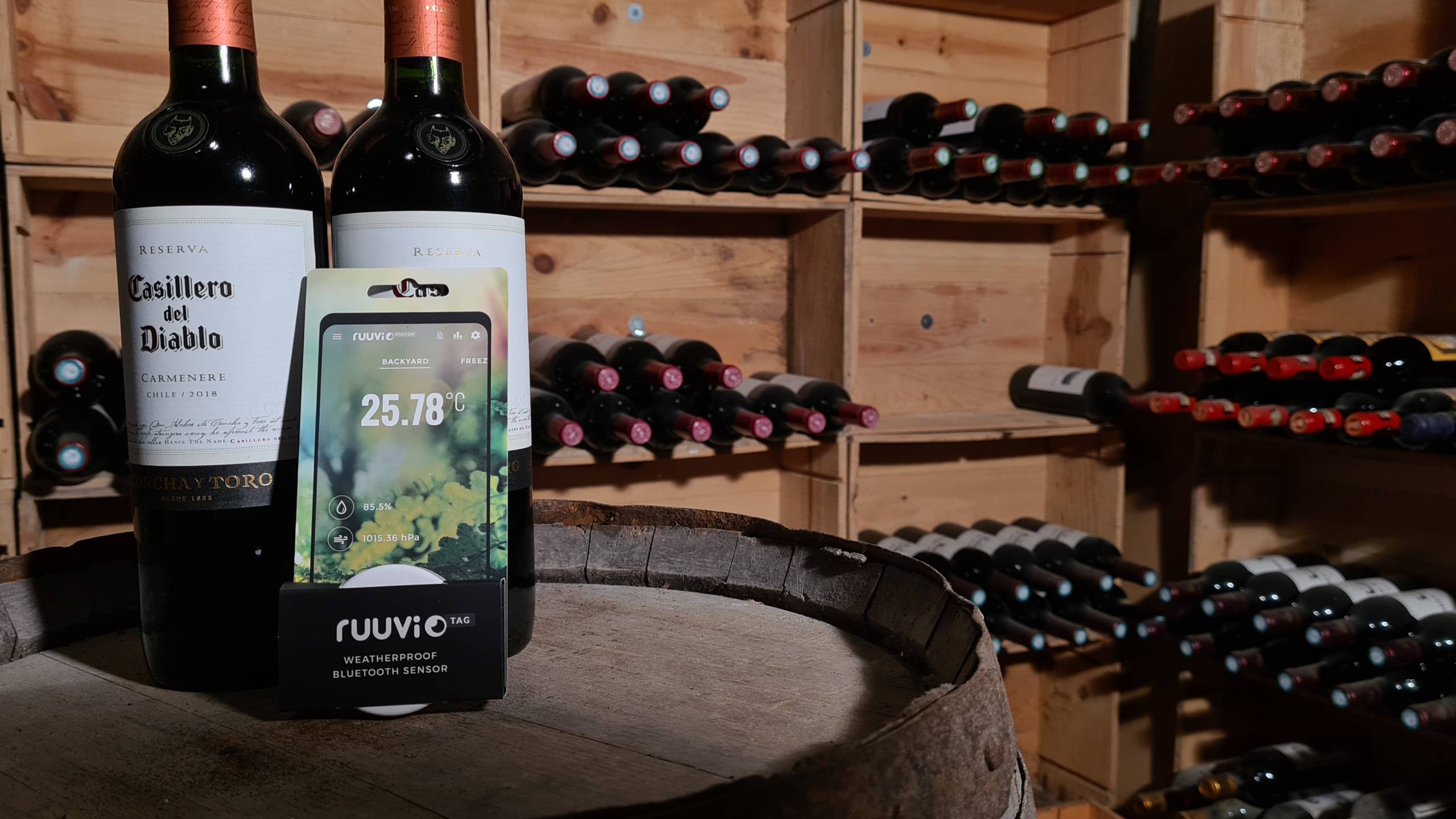
What are the benefits of ageing wine?
No one drank all the excess wine secretly, ageing some wines can potentially make them better, this distinguishes wines from many other food products. This mainly explains the difference between production and consumption. Therefore, it is also important to consider that in 2019 most of the consumed wines have actually been produced several years before.
Actually, it is much more than 16% of the yearly production that has been stored in wine cellars, for one or many years in order to enhance the taste and increase the value.
The word “potentially” is important in the previous paragraph. Indeed, wine ageing and storage can be very challenging, both for wine producers storing wines in cellars and wine lovers at home. Successful storage and ageing requires strict control of environmental factors such as air temperature, humidity and light.
Wine ageing process as a financial investment
While many people buy wine for future personal consumption, some people buy it as a financial asset, counting on its value to increase during the ageing process, and selling it at a higher price many years later. In these cases, storage becomes even more important.
At least two mutual funds are specialised in wine trading: Ascot Wine Management Fine Wine Fund and the Orange Wine Fund. Lee W. Sanning has conducted deeper research on the subject, the article is available here.
The ideal storage environment for wine
As we already know, there are various parameters to track in the wine storage process. What are then the optimal values to target?
The most common place to store wine is a wine cellar. Other places include wine cabinets, racks or fridges. As cellars already have close to optimal conditions for wine storage and can normally fit a large number of bottles, they remain the ideal storage choice, as discussed later.
Best temperature to store wine
The temperature affects the ageing process’ speed. If it is too high, which is over 16° C, the process will be too fast and uncontrolled. If it is too low, which is under 10° C the ageing will be too slow to enjoy its benefits. The perfect temperature is 12° C.
Should wine be exposed to light?
Light can degrade the quality of wine, especially white one. You should store wine in darkness. This is the reason why wine bottles are dark green. In direct sunlight, it takes three hours for a wine to be damaged inside a clear bottle, whereas it takes 18 hours in a green bottle.
What is the best air humidity for wine storage?
The ideal air temperature is between 65% and 75% of relative air humidity.
If the air is not humid enough, the cork will dry, and the wine will evaporate. Air replaces the evaporated wine and oxidises the rest of the contents, making it undrinkable.
If it is too humid, mould will appear on the bottle and the cork.
How to decrease the humidity?
The easiest way to decrease humidity is to open up a window or to ventilate the room in some other way. Installing a cooling system is the most efficient way, as it controls both the temperature and the humidity. Also, you can purchase special bags that decrease the humidity in a room.
How to increase the humidity?
You should consider an air humidifier. It is by far the most efficient way to increase humidity in a wine cellar. For other ways to increase humidity in a room, read our article on the subject here!
Should wine be stored at an angle?
It depends if the bottle is corked or closed with a screw top. if it is a screw top, it does not matter. If it is sealed with a cork, it is recommended to keep the bottles horizontally, so the wine is in contact with the cork, preventing it from drying out.
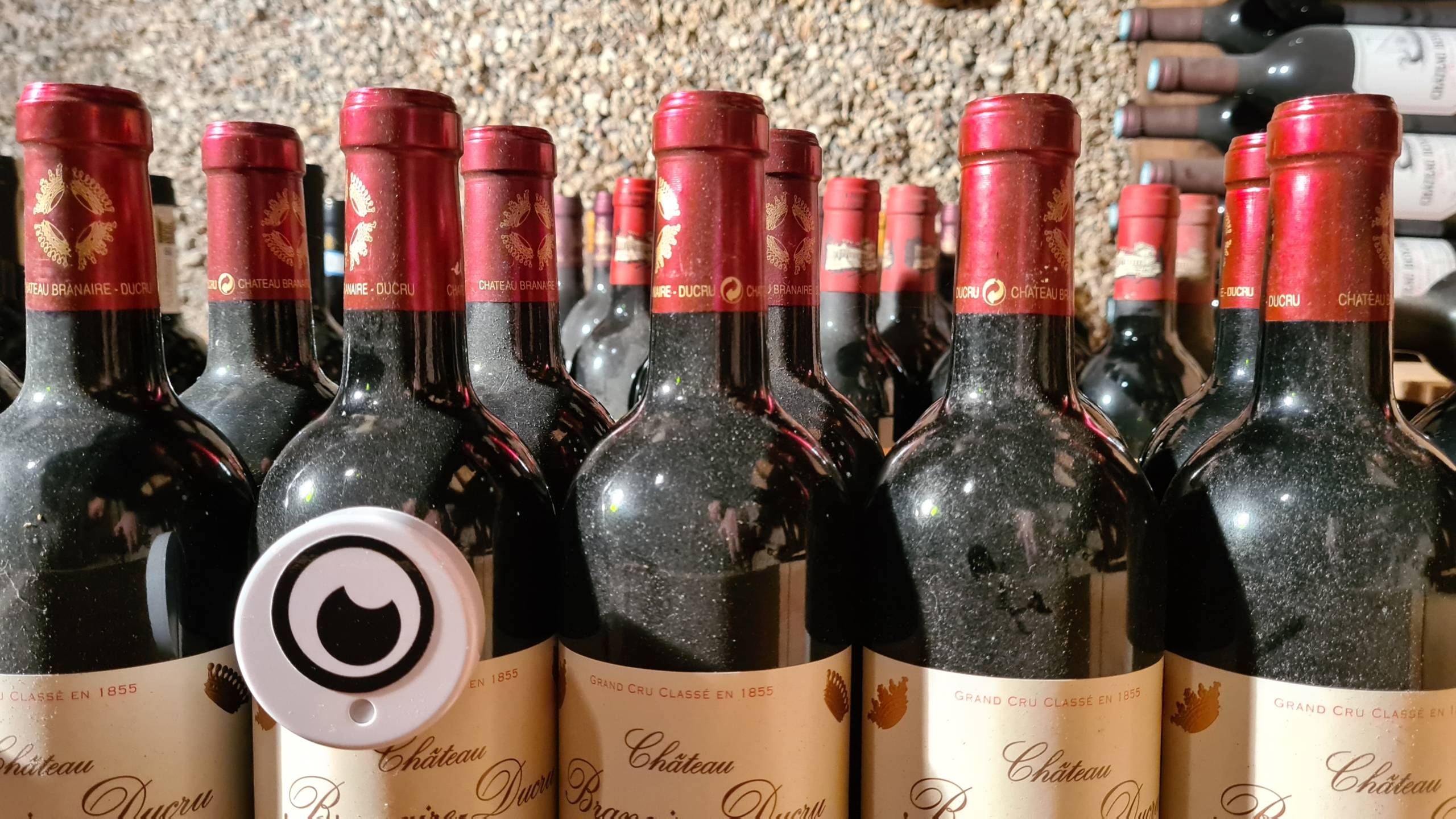
Optimal environment tracking and monitoring
Bottles’ orientation and darkness are pretty easy to track, but controlling humidity and temperature is harder to achieve. You could buy a thermometer and a hygrometer separately. But how inconvenient would it be to have to check them daily, and you would not even be alerted if the parameters have suddenly and alarmingly changed?
Fortunately, Bluetooth sensors combined with user-friendly tracking applications are easily accessible and affordable.
What is the best solution for monitoring the wine cellar?
RuuviTag offers the perfect solution. This versatile Bluetooth sensor enables live tracking of temperature and air humidity directly on your smartphone.
For bigger cellars, it is possible to use several sensors simultaneously and track these parameters locally. As we also understand the financial risk of damaging the wine, we want to be notified when the conditions are no longer favourable for the process.
Wireless temperature and humidity control at its finest
With RuuviTag, it is also possible to create alarms when the parameters exceed specific values. It is also 100% wireless and will continue to measure faultlessly for 2 years without changing the battery!
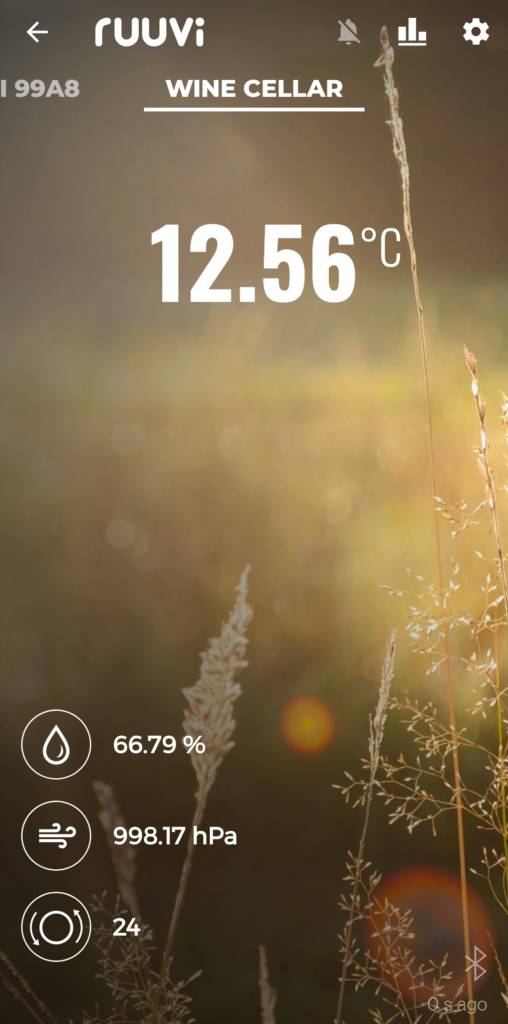
The current temperature is 12,56° C and the humidity level is 66,79%. Do you remember the ideal values? These measurements fall between 10° C and 16° C and 65% and 75%, just as they are supposed to be. I did not receive any alarm from the application and I can see that everything is going well by quickly checking my phone.
Furthermore, collected RuuviTag data can be sent to an external Gateway by using a simple configuration in Ruuvi Station app, which makes RuuviTag a complete solution for professional wineries: monitoring can be extended to cover vineyards, laboratories, bottling lines, tank farms and dedicated storage facilities, with minimum effort. Ensuring the right conditions in the supply chain is crucial for any edible goods.
Conclusion
Keeping the right environmental conditions is crucial in the wine industry. With modern and inexpensive sensors any wine producer or connoisseur could achieve better tasting wine with less waste. A win-win for everyone, right? For professional wineries, implementing these sensors into your existing storage units will streamline the entire monitoring system.
In addition, wine is not the only edible improving by time. Cheese, other spirits and some fish and meat products spend several days, months or even years in humid and cool cellars, where temperature and humidity tracking ensures the final product’s great taste and quality. RuuviTag can most definitely measure environment in these contexts too!
Buy RuuviTag to a Wine Cellar
RuuviTag takes your wine storing to a new level. Ensure your edible investments are in proper conditions with this smart sensor right away!
39,90€
Ruuvi is based in Finland. If you’re an EU consumer, VAT is included. If you’re a non-EU customer, you don't pay VAT. If you're an EU business, insert your VAT ID at checkout.
In stock
RuuviTag Sensor (4in1)
| Quantity | Unit Price(€) |
|---|---|
| 1 | 39,90 |
| 2 | 37,40 |
| 3-5 | 36,90 |
| 6-8 | 35,90 |
| 9-12 | 34,90 |
| 13-25 | 33,90 |
| 26-99 | 32,90 |
Are you looking for bigger quantities? Contact us for pricing.
FAQ
What is the best temperature to store wines?
Try to aim for a temperature between 10 °C – 16 °C. The best temperature is about 12 °C.
What are the proper humidity conditions for storing wine?
Wine is best kept at relative humidity of 65% – 75%.
Where can wine be stored?
Wine cellars are the best option for storing wine. They are usually in the proper conditions to store wine. Also, wine fridges and basements are possible places.
Should wine be stored at an angle?
Yes! This will keep the cork moisturized preventing the wine from oxiniting.
